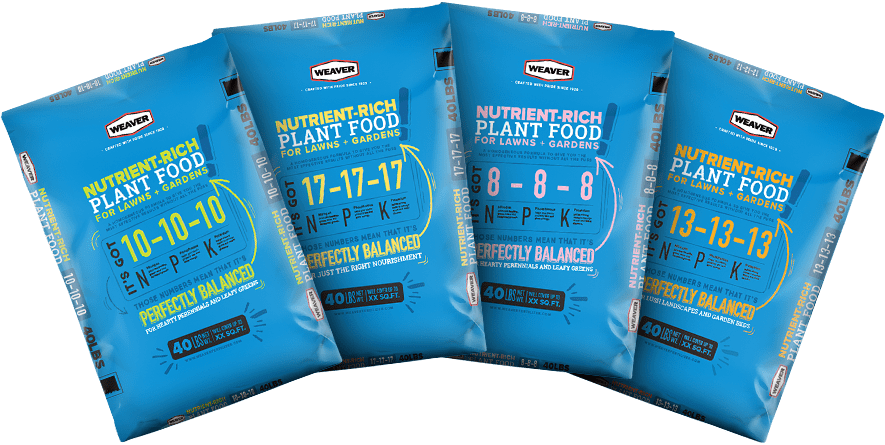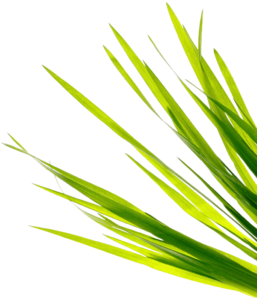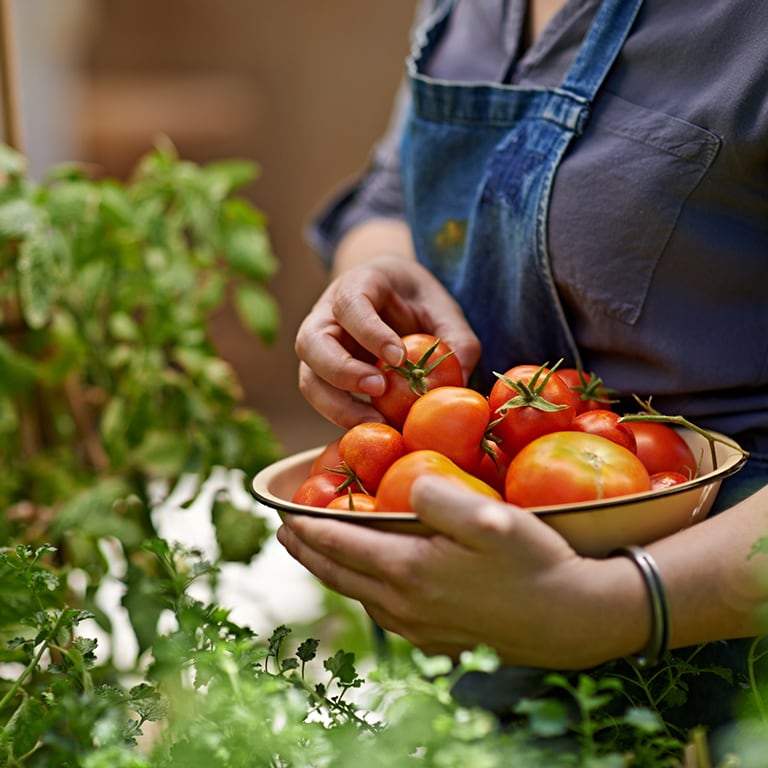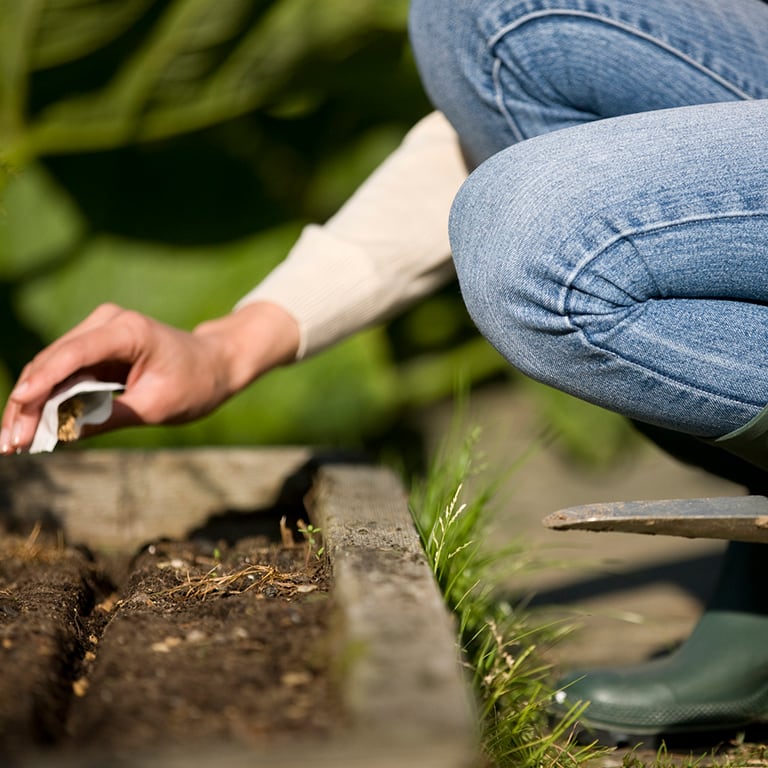
Rest assured, if it’s available in your neighborhood garden center, it’s specially formulated for your neighborhood. In other words, these nutrient-rich mixtures have just the right amounts of nitrogen, phosphorous, and potassium to help plants thrive where you live – so you can get the most effective results without all the fuss.

Apply 2 to 4lb. of Weaver fertilizer per 100 sq. ft. of soil. Work into the soil well. Add 1½ to 2 lb. of the Weaver plant food of your choice and disc or rake into the top 1″ to 2″ of soil.
Apply 1–3 lb. total of Weaver product per 100 ft. of row in a trench that is 1″–2″ deeper than the one the seeds are to be placed in, and 2″–3″ to the sides of the row.
Side-dress with 1 to 3 lb. per 100 ft. of row every 4 to 5 weeks.
Trees – In late winter or early spring (February–March), fertilize trees and shrubs using 2 to 3 lb. of Weaver Plant Food per 1″ of trunk diameter. Punch holes every 12″ to 15″ in the soil underneath the branches. Apply plant food in the holes and water thoroughly.
Shrubs – Apply according to plant height. Work the plant food into the upper few inches of soil where working the soil will do no harm; then wet it in.
Quantity Plant Height
2 to 4 Tbsp. ………………… Up to 1 ft.
½ lb. …………………………… 3 to 4 ft.
2 to 3 lb. ……………………… 5 to 8 ft.
1. What are the sources of N-P-K?
Urea, Diammonium Phosphate (DAP), Potash
2. What can this fertilizer be used on?
Any grasses, plants, flowers, trees, bushes, shrubs or vegetables
3. What spreader setting should I use when spreading on my lawn?
We recommend setting your spreader to 1/3 of the way open.
Download the pdf to view all MSDS Information, click here.
We recommend setting your spreader to 1/3 of the way open. See our Spreader Settings document here for more details.



Winston Weaver Co., Inc.
4440 North Cherry St.
Winston Salem, NC 27105
Phone: (336) 661-1495
Fax: (336) 661-9216